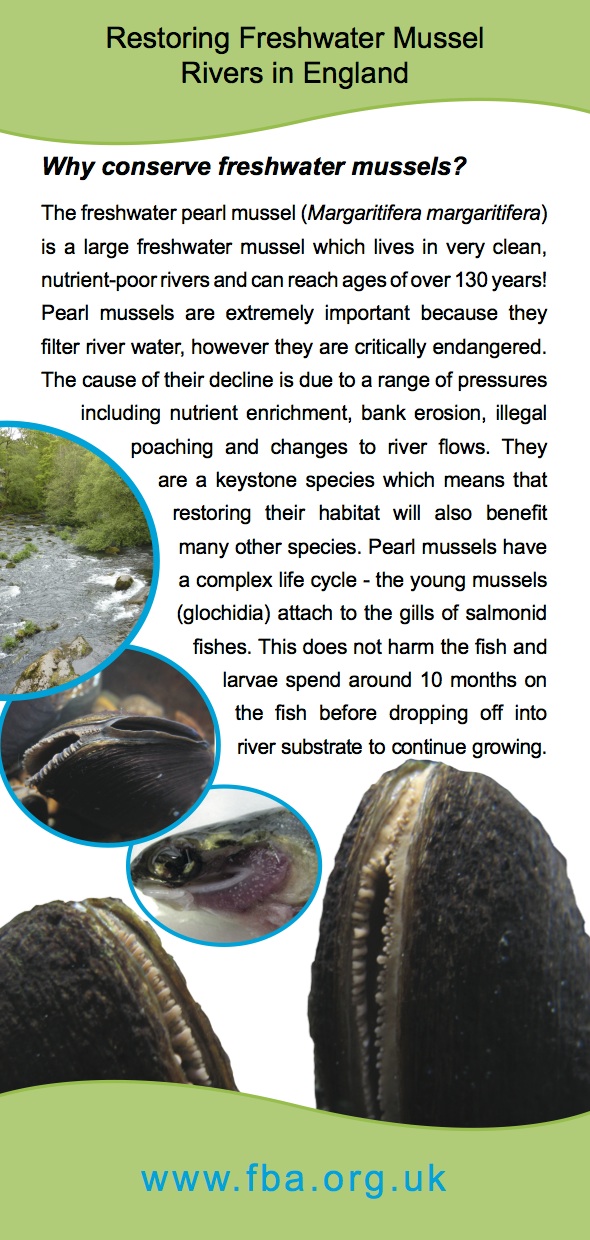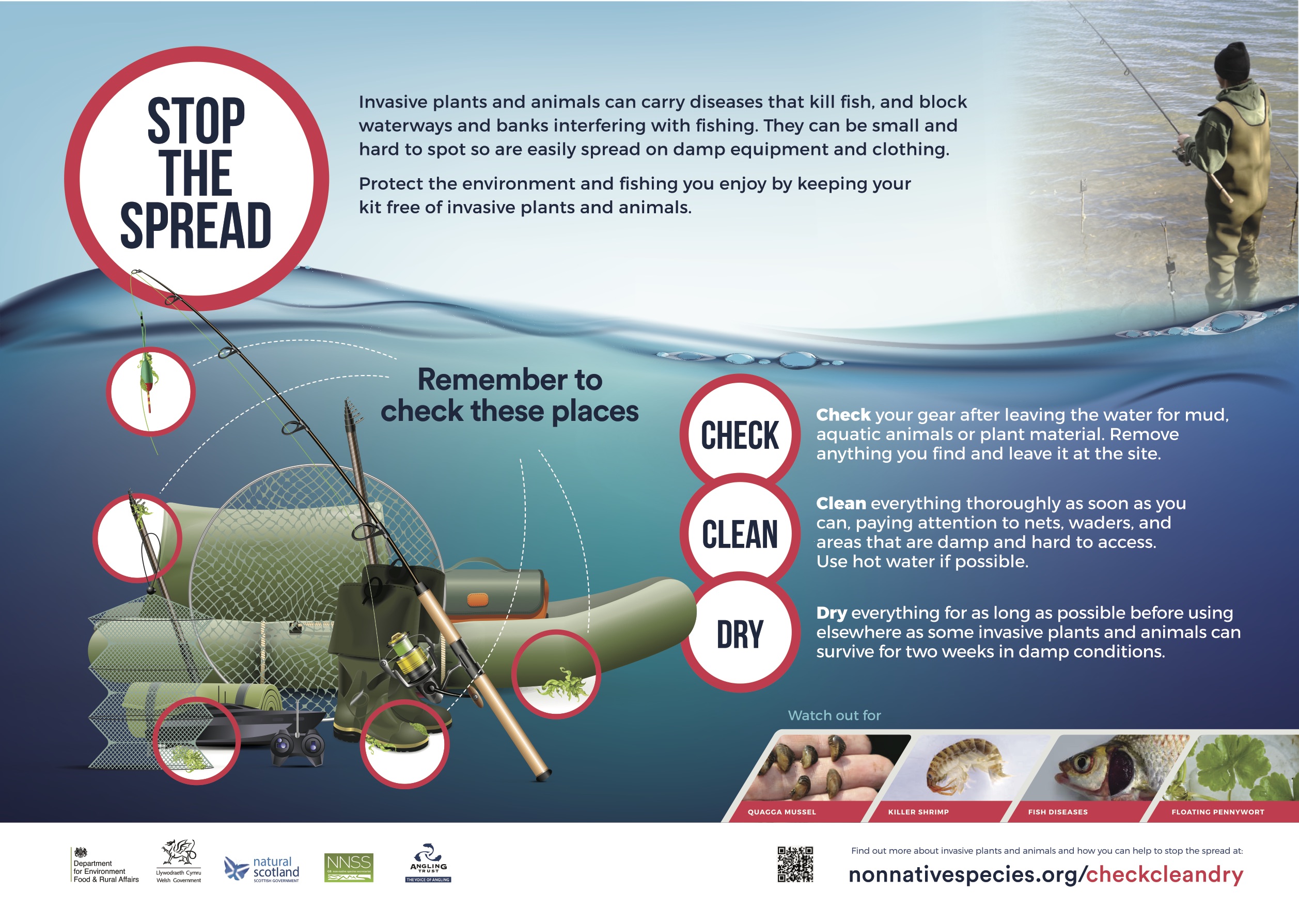
The tragedy of salmon farms
I received this email today from James Barlow. I have decided to share here on North Devon Angling News website because I share the concern regarding salmon farming and its devastating impact upon salmon, sea trout stocks and the wider impact this has on the environment. I have visited the West Coast of Scotland and talked to local people who have witnessed the dramatic decline in salmon and sea trout numbers. We have seen dramatic declines in the West Country but not as rapid as seen in parts of Scotland. In Norway I caught cod and halibut with their stomach contents packed with pellets. The water on calm nights shimmered with oil that I believe came from the waste from these farms. The cod and coalfish we caught were also carrying large numbers of lice.
As anglers we all care for the long term future of fish stocks for we have a vested interest in one sense in that we want to catch fish but also because anglers care about fish and the environment in which fish live.
This July I assisted in the rescue of 75 salmon from a local estate after over 100 wild fish had already died. We believe the deaths were exacerbated, if not caused, by lice infestation from local salmon farm cages in Loch Roag, Isle of Lewis. The regional Fishery Trust biologist recorded between 500 and 700 sea lice, a parasite, on several live fish between 5-8 lbs. These wild fish are literally being eaten alive. My photos from the first day can be viewed here.
‘The One Show’ episode is available to watch on iPlayer until 18/10/18. The relevant article commences at 3 mins 10 seconds and runs for 9 minutes.
They highlight the plight of farmed salmon in cages which, like the wild fish, are suffering from appalling predation by lice. Last year, of the 208 salmon farms in the UK, 82 farms declared that they had exceeded the statutory Government acceptable limits for sea lice – that is 39.4% of all UK salmon farms.
Due to transportation costs, for the past two years the Scottish Salmon Company, proprietors of the farm in Loch Roag, has been burying thousands of dead fish (morts) in a ‘temporary’ landfill site in North Uist.
In the summer of 2017 over 175000 fish died of disease or attempted treatment at salmon farms in the Hebrides (The Telegraph). If this mort rate, or the effect of their farming methods on wildlife, were to occur to a mammal or on land the public outcry would be deafening, I’m sure. On average Scottish fish farms expect a mortality rate of around 23% of their stock. Such a high death rate would not be tolerated in any other form of animal husbandry.
Please take the time to view the programme and decide for yourself whether this is a quality product which you are happy to eat or serve to your family. Even ‘organic’ salmon can be treated with antibiotics yet still receive certification. EU regulation states that, “chemically synthesized allopathic veterinary medicinal products including antibiotics may be used where necessary…”. While ”excessive” treatment can result in removal of the prestigious Organic certification fish may still be treated under veterinary guidance then sold as ‘Organic’. Standard farmed salmon are regularly dosed in an attempt to ameliorate their condition. When you watch the video it will be clear why this is necessary.
Thank you for taking the time to consider this request. If you have any questions I will endeavour to answer them to the best of my ability.
Further video and photographic evidence can be viewed via this link to a Salmon Fishing Forum thread – ‘Sad, Sick Salmon both Farmed and Wild’. My contributions are under the username ‘Lewis.Chessman’.
If you feel sufficiently moved, please forward this mail to your friends and family. This industry will not change its methods unless its profits are threatened by consumer pressure.
My thanks to you all,
James Barlow.
Contemplating days
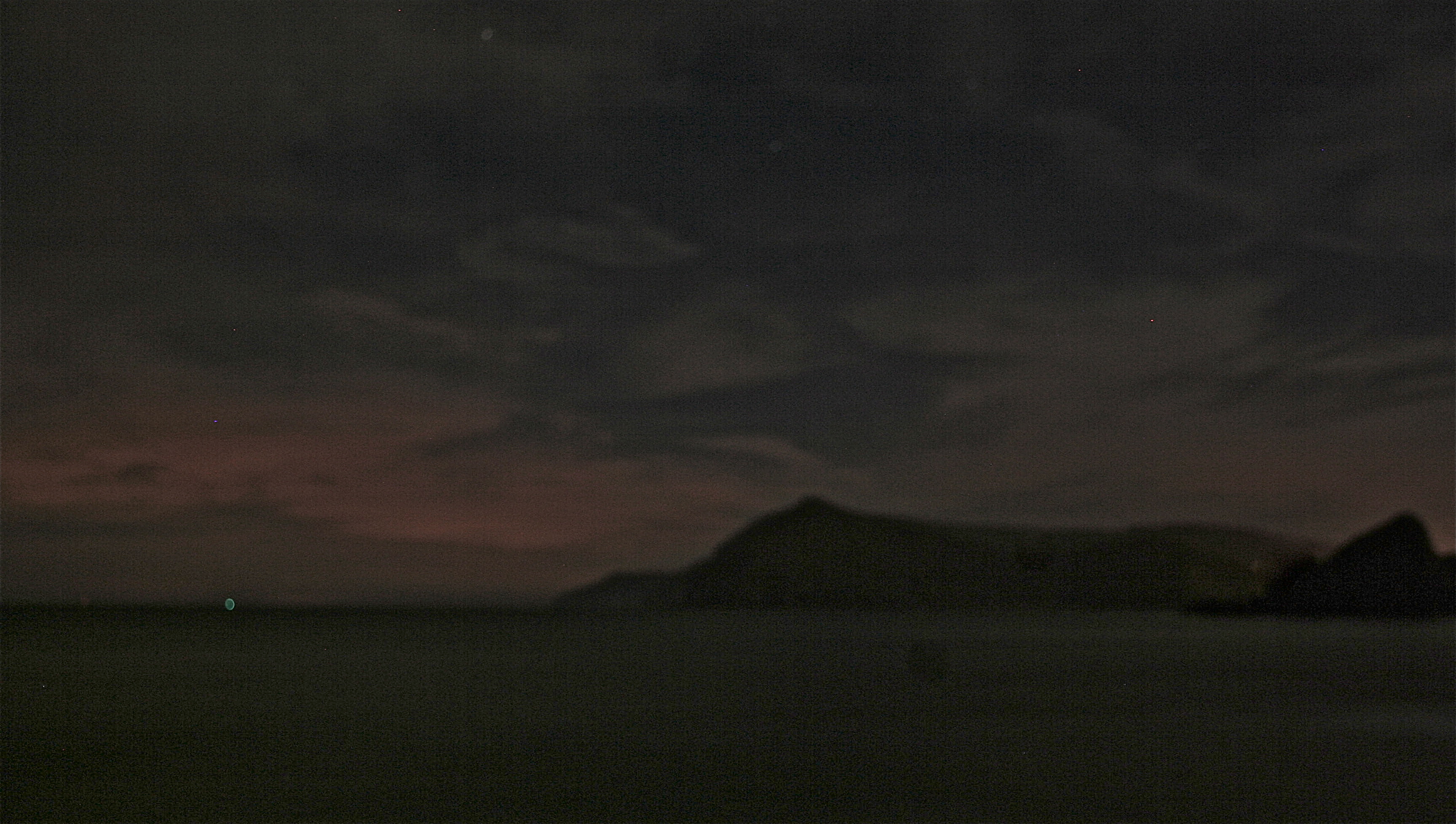 The shortest day has been and gone and we have that interlude before the New Year gets underway; though nature has already turned the corner ahead of mans timelines. The last few days have seen benign weather; mild and damp with misty days. This passing of the year can be a time for contemplation and I often cast my mind back to winters of the past and in particular days and nights spent beside the water.
The shortest day has been and gone and we have that interlude before the New Year gets underway; though nature has already turned the corner ahead of mans timelines. The last few days have seen benign weather; mild and damp with misty days. This passing of the year can be a time for contemplation and I often cast my mind back to winters of the past and in particular days and nights spent beside the water.
My own fishing at this time of year has tended to be spent upon the shoreline-seeking specimens from the rocks as I have done for past forty years. I fished a deep water rock water mark a few days ago in Combe Martin SAC’s Christmas Competition and was lucky to land a spurdog of 12lb 3oz. Just a few years ago such a catch would have been a rarity and anglers would have been targeting the cod that were a worthwhile target from North Devon’s coast line. Decent sized cod are certainly a rare sight from North Devon’s shoreline these days but why? They after all are caught in reasonable numbers up Channel.
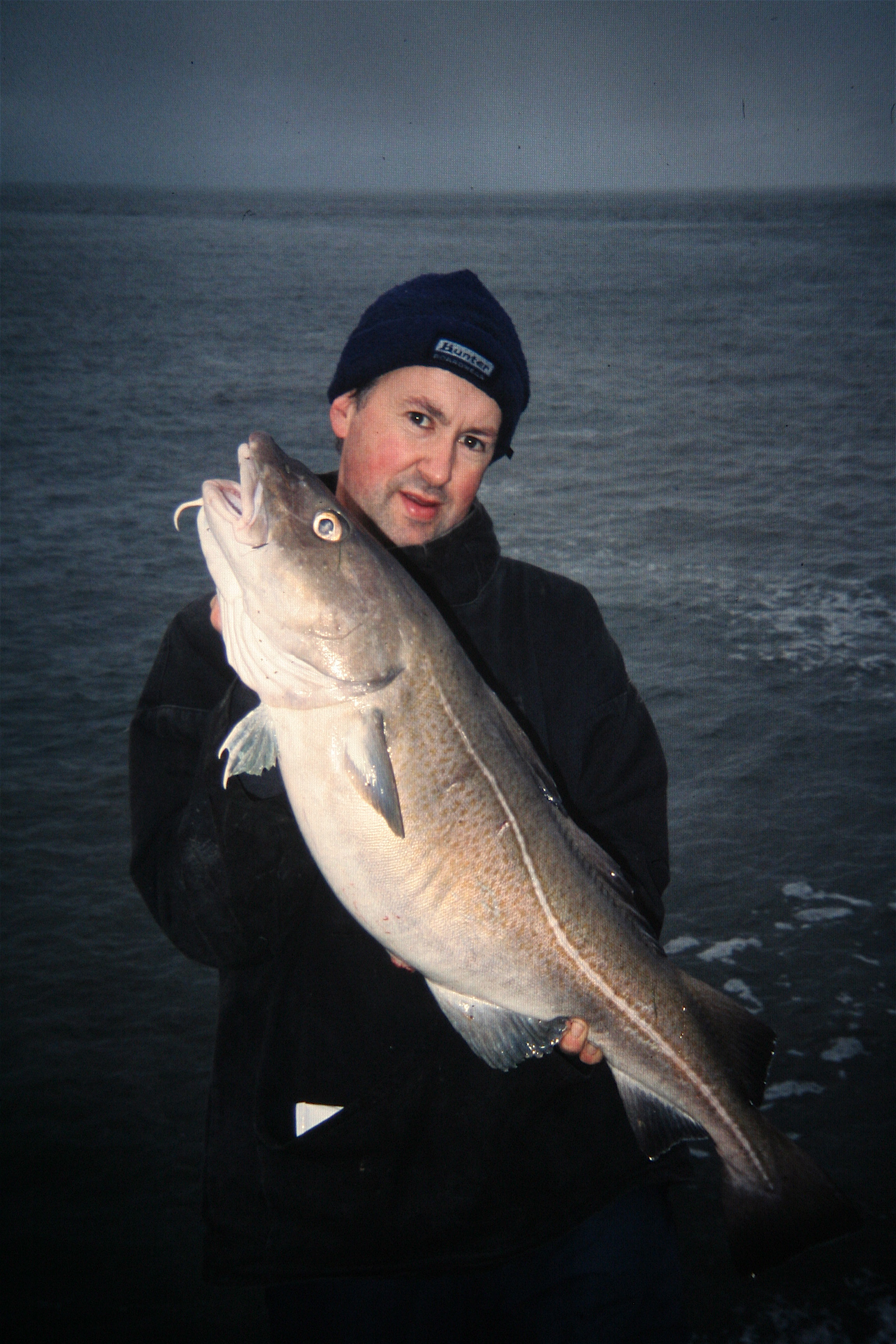
(Above)A shore caught cod from the last century!
Many species of fish have declined with whiting and pouting numbers certainly down on a few decades ago. It would appear that herrings are plentiful along with good numbers of sprats in recent seasons.
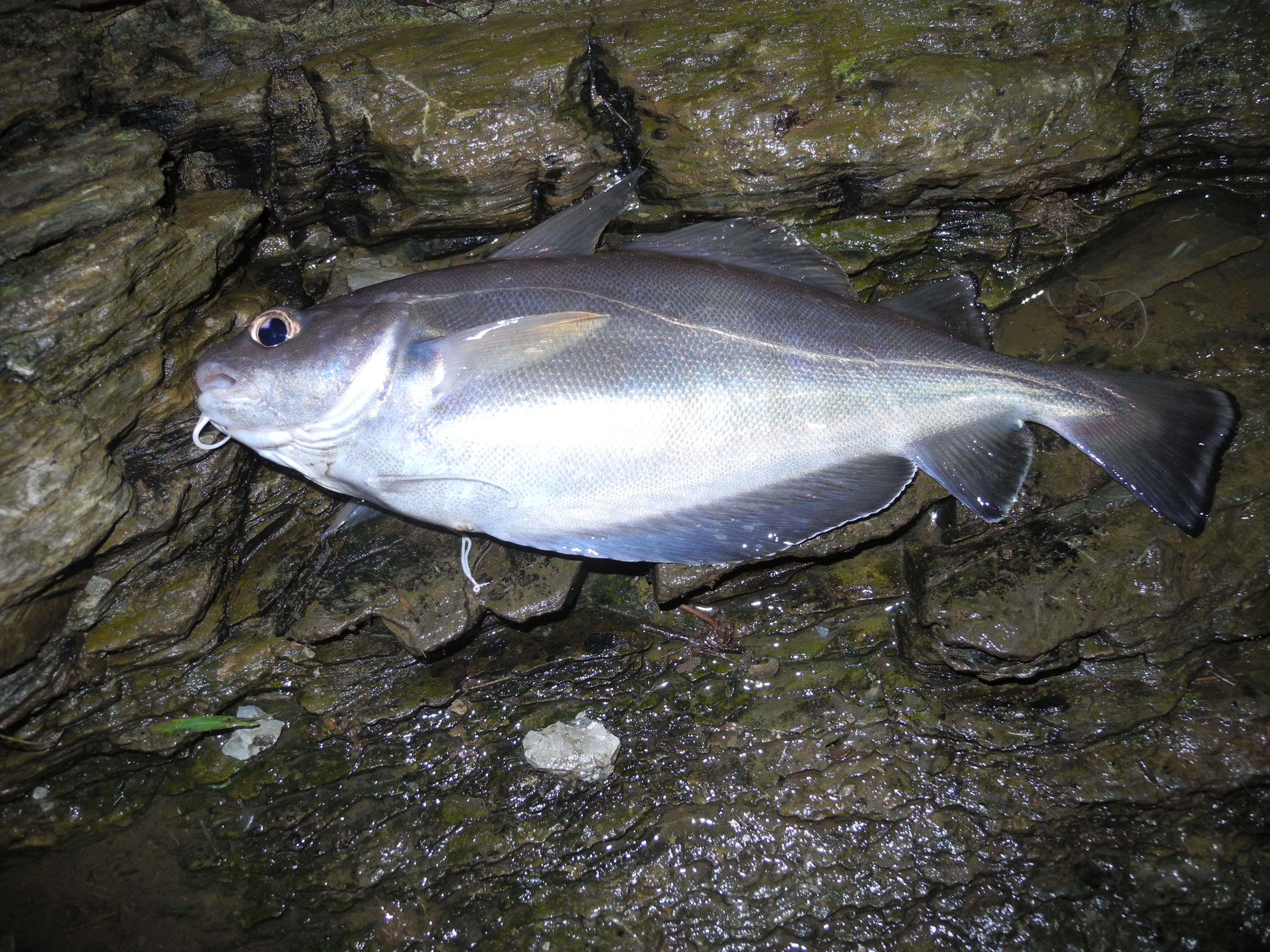
(Above) The humble pouting its numbers have declined.
In our short time on the shoreline it is impossible to get a true picture of the life within our waters. I read a fascinating and thought provoking article on line yesterday; https://www.theguardian.com/commentisfree/2017/dec/20/selective-blindness-lethal-natural-world-open-eyes-environment-ecosystem
An extract follows:- So we forget that the default state of almost all ecosystems – on land and at sea – is domination by a megafauna. We are unaware that there is something deeply weird about British waters; they are not thronged with great whales, vast shoals of bluefin tuna, two-metre cod and halibut the size of doors, as they were until a few centuries ago. We are unaware that the absence of elephants, rhinos, lions, scimitar cats, hyenas and hippos, that lived in this country during the last interglacial period (when the climate was almost identical to today’s), is also an artefact of human activity.
And the erosion continues. Few people younger than me know that it was once normal to see fields white with mushrooms, or rivers black with eels at the autumn equinox, or that every patch of nettles was once reamed by caterpillars. I can picture a moment at which the birds stop singing, and people wake up and make breakfast and go to work without noticing that anything has changed.
I’m not getting any younger; none of us are and I guess that at this time of year we pause to think a little more. As I clambered to the cliff top during a recent session I slumped onto the grassy cliff top. Across Combe Martin Bay a Westerly wind blew and the waves tumbled against the rocks, the damp breeze on my face and salty tang of the sea. The lights of Combe Martin shone brightly and farmstead lights could be glimpsed high on the Northern slopes of Exmoor. It was all so familiar and great to be alive.
There is something fascinating and mystifying about the dark waters and the fish that may be lurking. It is this that draws us to this vast natural amphitheater to connect with nature via a relatively gossamer thread.
There is plenty of pessimism about regarding the state of our seas and their stocks of fish. The evidence I see as an angler is contradictory. I look back and remember the good days whilst the average days get lost in the haze of time. Whilst cod are scarce there is no shortage of dogfish, bull huss, spurdog or conger.
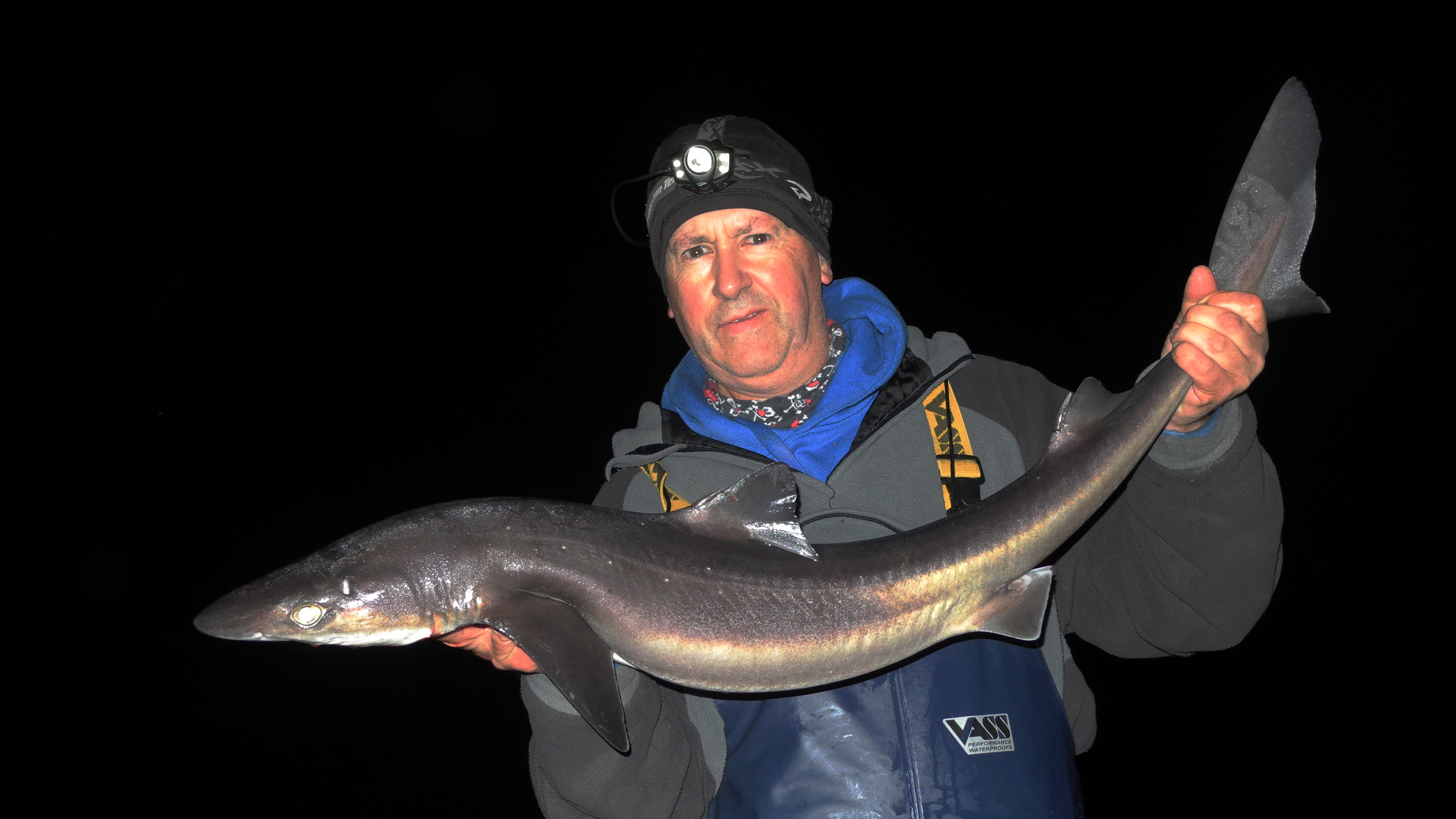
Far out to sea during the warmers months catches of shark are on the up with some spectacular catches of blue shark over recent seasons. Blue fin tuna are once again featuring in catches off the South West. If these mighty fish at the top of the food chain are making a recovery how can things be so bad?

My gut instinct and that of the majority is undoubtedly that the seas are less productive than they once were. I feel for certain that the present generation have inherited a less healthy marine environment than that in which we first cast our lines. Will these be the good old days? Perhaps there is a growing awareness that the seas are not that endless provider of life and that there is much to lose. Will increased awareness and protection of stocks bring a revival in the seas bountiful stocks?
FISH FARMS – A few thoughts
I once rather naively thought that fish farms were a good thing in that rearing salmon would reduce the demand for wild fish and eradicate the threat of poaching and commercial harvesting. Many years later I see fish farms as a menace and a very real threat to wild salmon stocks and other fish. The much publicized concerns regarding sea lice infestations and potential genetic issues with farmed fish mingling with wild stocks are just a couple of issues.
The Angling Trust have just publicized a campaign to halt the use of West Country Wrasse to control sea lice infestations in Scottish salmon farms.
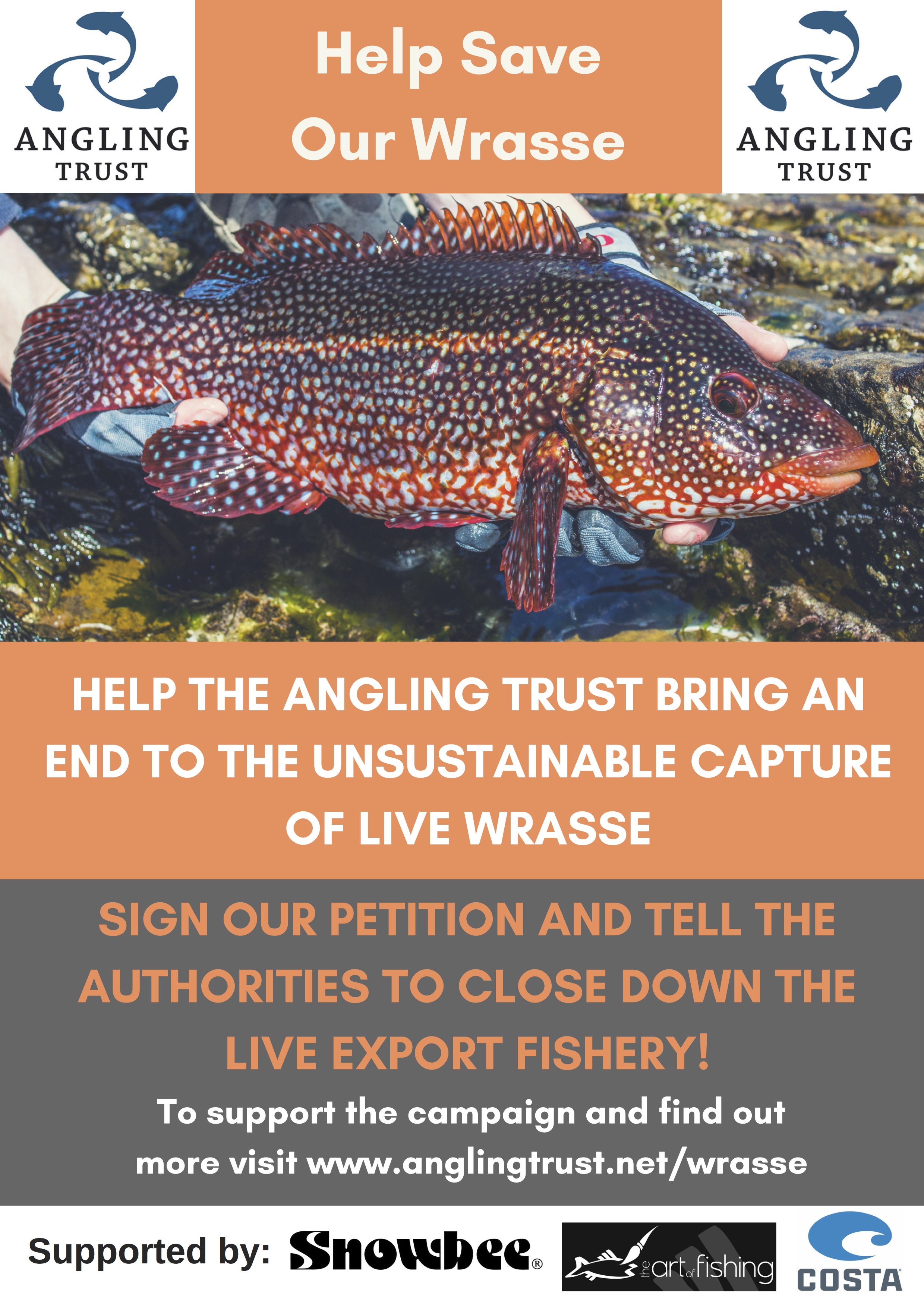
Whilst I have not got any degree of scientific expertise I have grave concerns regarding other aspects of fish farming. I have recollections of statistics revealing that 5 kilos of fish meal is used to produce 1 kilo of salmon. Fish meal is basically ground down fish such as sandeel and mackerel both vital links in the aquatic food chain.
Whilst in Norway recently we caught cod and halibut with their stomachs full of pellets. These fish had undoubtedly been feeding from the spillings of food from the growing number of salmon farms. Many of the cod, coalfish and halibut also had large numbers of sea-lice on them. I do not know if this is normal or if numbers of sea lice have multiplied in recent seasons? At times there appeared to be an oily slick on the water was this pollution from the salmon farms? It is alarming if as I suspect this pristine arctic environment is being tarnished by commercial farming of salmon.
These issues are of course complex as we need to eat and we have probably all eaten farmed salmon and have not given any thought to the costs to the environment.
SAVING FRESHWATER MUSSELS ON THE TORRIDGE
At the end of March I attended the Torridge Fishery AGM where we were given a fascinating presentation by Izzy Moser of the Devon Wildlife Trust. I spoke with Izzy the following day at the Riverfly training event when she kindly offered to share information on the efforts to restore freshwater mussels. I have thrown together a few information leaflets and some of Izzy’s notes from the slide show to give an overview of the project and the fascinating life cycle of the mussel. The project is supported by Blakewell Fishery.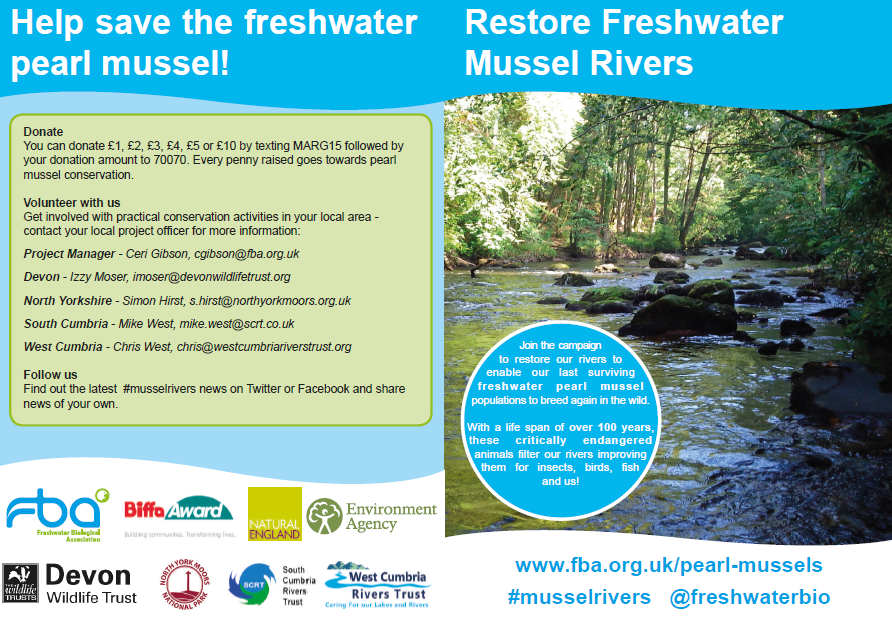
This project has been set up in north Devon’s river Torridge
The aim of the project is to protect and restore FPM populations, and with this, to improve water quality for all users of the river.
Broader water quality issues – for example, pollution (soil, nutrients, pesticides), acidification, heavy metal inputs… and how we can improve these.
Partner project – Biffa funded etc.

Margitifera Margatifera – latin name
Freshwater Pearl Mussels are filter feeding bivalves from the group mollusc. They are one of the longest living invertebrates known (they can live over 100 years) and they inhabit the beds of rivers in the UK. According to the documentation, the require clean, well oxygenated, fast flowing waters
Filter 50 litres of water /day. In large numbers they can help to improve water quality through filtration.
Part of their life cycle is spent attached to the gills of salmonids (brown trout and Atlantic salmon, so good populations are vital to the survival of juvenile mussels.
Currently most of the populations are in Scotland but FPM were once widespread across the UK and could be found in the Tamar, Exe, Dart, Teign, Taw and Torridge. Currently, the only know populations are in the Taw and Torridge and these are relatively low numbers.
On the Torridge there estimated to be around 2000 individuals and this makes up the 4th largest colony in the UK.
However, these mussels are not thought to have breed successfully since the 1960’s, and are therefore aging significantly.
FPM critically endangered and nationally protected.
Genetically different from populations in northern England.
Thriving mussels populations can help to improve water through filtering
Thriving mussel populations are a sign of healthy rivers.
